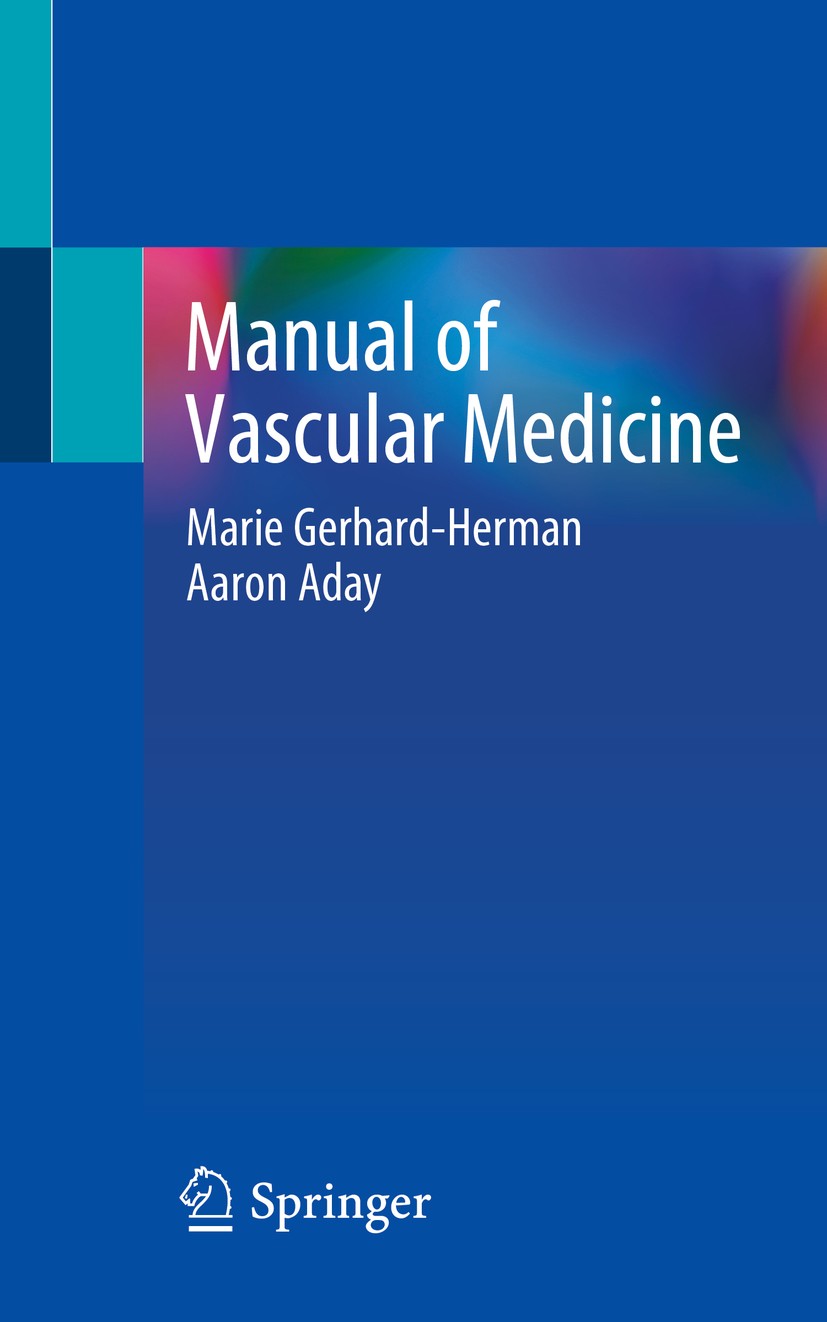| 书目名称 | Manual of Vascular Medicine |
| 编辑 | Marie Gerhard-Herman,Aaron Aday |
| 视频video | http://file.papertrans.cn/624/623577/623577.mp4 |
| 概述 | Contains easy to follow guidelines ideally suited for direct application in clinical practice.Features extensively illustrated practically applicable clinical case material.Provides a practical guide |
| 图书封面 |  |
| 描述 | .This practical manual makes clinical vascular medicine easy for the health care provider to master by providing frameworks for each area of diagnosis and a practical approach to necessary testing. Rather than providing long lists of possible diagnoses for a clinical question, each approach is broken down into a flow chart of the thinking and questions necessary so that only those needed in each situation are utilized. Chapters cover a broad range of topics including arterial and venous testing in the laboratory, thrombophilia, cold disorders of the extremities and lymphatic diseases. . .Manual of Vascular Medicine. provides extensive case-based learning for trainees and practicing physicians looking to expand their knowledge in this field that crosses many traditional disciplines. It is therefore of importance to any medical professional managing vascular patients, including cardiovascular and vascular physicians, nephrologists, neurologists, phlebologists, dermatologists, general medical doctors and vascular radiologists.. . . |
| 出版日期 | Book 2020 |
| 关键词 | Peripheral Artery Disease; Chronic Venous Disease; Venous Thromboembolism; Carotid Artery Disease; Acute |
| 版次 | 1 |
| doi | https://doi.org/10.1007/978-3-030-44715-1 |
| isbn_softcover | 978-3-030-44714-4 |
| isbn_ebook | 978-3-030-44715-1 |
| copyright | Springer Nature Switzerland AG 2020 |
 |Archiver|手机版|小黑屋|
派博传思国际
( 京公网安备110108008328)
GMT+8, 2025-11-17 20:11
|Archiver|手机版|小黑屋|
派博传思国际
( 京公网安备110108008328)
GMT+8, 2025-11-17 20:11


